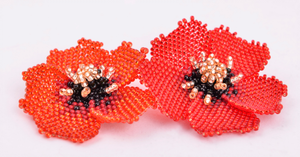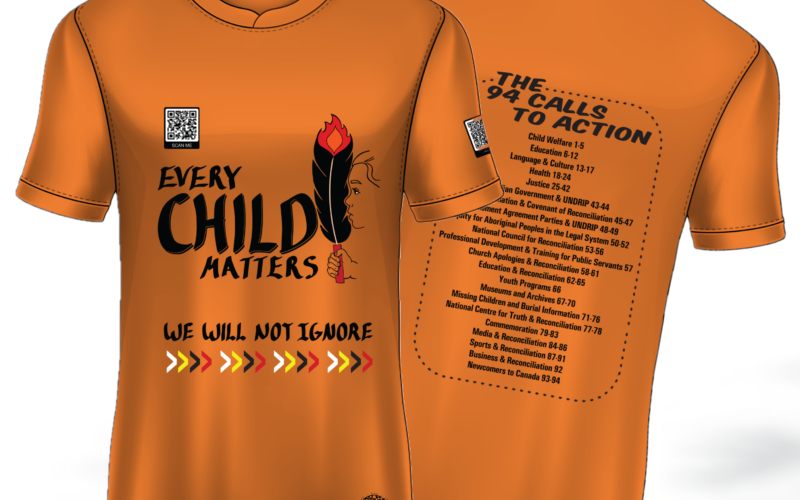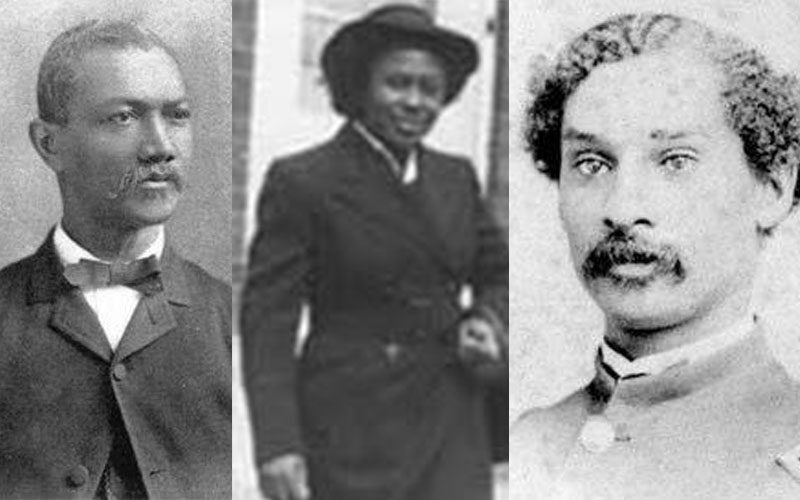Today, is National Indigenous Veterans Day and later this week on November 11, we commemorate Remembrance Day. For both of these important days, we remember and pay tribute to those who have served, and those who continue to serve our country during times of war, conflict and peace. We are grateful and will never forget.

As part of our continued efforts toward greater inclusion and awareness, it is important that we take the time to honour all soldiers who performed military service. Whether they were fighting on the frontlines or ensuring that those in battle had the support they needed, we recognize and acknowledge of all the different groups that fought for our country and our freedoms.
Today, on National Indigenous Veterans Day we reflect on the past and the estimated 12,000 Indigenous Peoples who enlisted to serve our country. These selfless individuals fought without eligibility for conscription or even the right to vote as citizens until the 1960s. We acknowledge their contributions supporting three wars during a time when the Canadian government continued to impose oppressive assimilation policies that denied Indigenous Peoples the basic rights and freedoms that other veterans were afforded. We appreciate the courage it took for those Indigenous men, women, and 2-spirited folk to fight for our freedoms while being subjected to a painful colonial experience for generations; the legacy of that experience continues to reverberate today. Many Indigenous Peoples continue to serve in the Canadian military and armed forces, and we wish to acknowledge them and those who came before them.
November 11 is a day to recognize the sacrifices that millions have made over the last century. It is a day of respect for all soldiers from all races, religions and backgrounds who have fought for our country. Black soldiers have played a major role in Canada’s military history for over 200 years despite racism making it difficult for Black soldiers to enlist. Although many Black men had been turned away, they remained eager to show loyalty to their country. An example of this is the No. 2 Construction Battalion formed in Nova Scotia, which was established for Black men to serve as part of the Canadian army, which became one of the most important military units in Canadian history. But despite their unwavering commitment, the Battalion was still subjected to racism amongst Canada’s ranks, pushed into non-combat roles to appease white soldiers who did not want to fight alongside Black men. Instead of serving on the frontlines, the No. 2 Construction Battalion provided lumber for the trenches, built roads and railways. Black Canadians also made important contributions on the home front. They helped achieve victory by working in factories making the weapons and supplies needed by the soldiers fighting overseas, and by taking part in patriotic activities like raising funds for the war effort. Today, Black Canadians continue to serve proudly in uniform where they share in the sacrifices and achievements being made by the Canadian Armed Forces.
Below are some resources to learn more about this important day and the many groups involved. You can also show your support and pause in a moment of silence on Thursday, November at 11:00am to honor and remember the men and women who served and sacrificed for all we have today.
Resources:
- Remembrance Day (Canada.ca)
- 10 Quick Facts on… Remembrance Day (Veterans Affairs Canada)
- Honour and Remember (Legion.ca)
- Indigenous Veterans (Veterans Affairs Canada)
- Indigenous contributions during the First World War (Government of Canada)
- Honouring Indigenous Veterans This National Aboriginal Veterans Day (Righttoplay.ca)
- Black Canadians in uniform — a proud tradition (Veterans Affairs Canada)
- Reframing Remembrance Day: An Equity-Informed Approach For Educators (Kojoinstitute.com)
- The story of Canada’s WWI all-Black military battalion (CBC.ca)


